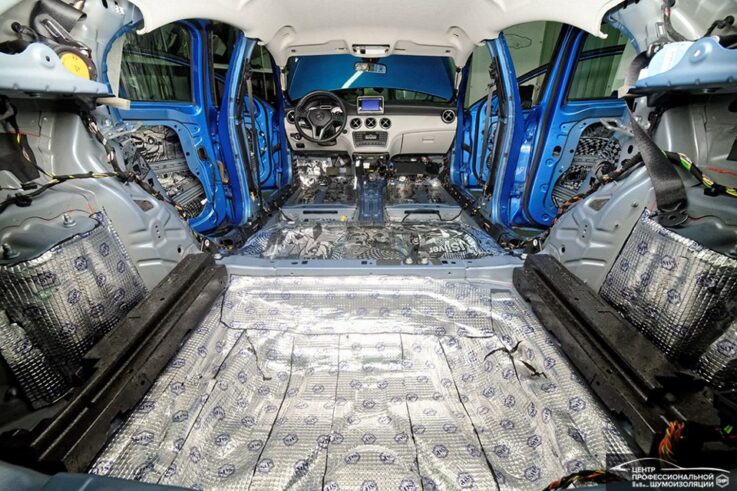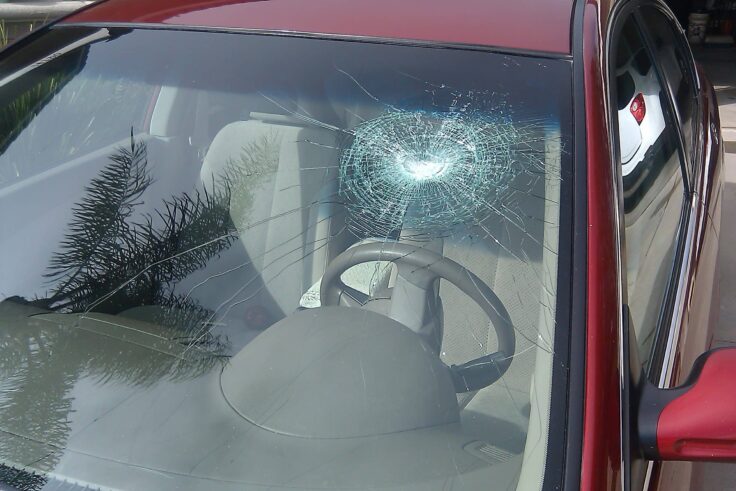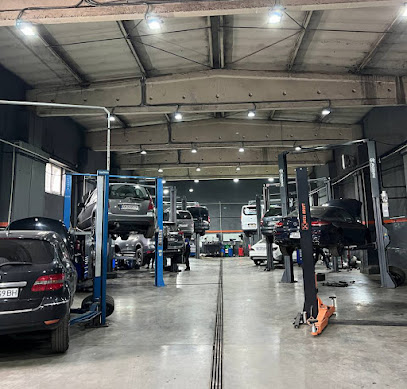
Repair or replacement: when the car windshield becomes unsafe
The windshield of a car is an important element that ensures the safety of the driver and passengers. It protects against wind, rain and other atmospheric agents, and also prevents foreign objects from entering the interior of the car, which can cause serious harm to health. But what if the windshield is damaged? In this case, two options can be considered – repair or replacement. Let’s see what situations require repair, and in what cases it is necessary to replace the windshield. Why do damage and cracks appear on the windshield? Windshield damage can be caused by various factors such as: Stone falling on glass while driving; Strong temperature fluctuations; Mechanical damage; Wrong windshield installation. Minor chips and cracks can be repaired. However, if the size of the damage is too large, then windshield replacement may be the only option. How is a windshield repaired? Windshield repair is carried out by specialists in a car service. They use special tools and materials to repair damage. To repair chips and small cracks, a resin is used that fills the damage and hardens under the influence of ultraviolet rays. This method allows you to eliminate the defect without replacing the entire glass. In this case, only the chip itself remains noticeable, but not its traces. What should be remembered by those who decide to repair the Windshield? After repairing the windshield, you need to make sure that the chip or crack is completely repaired. It is also important to remember that after repair, the windshield will not have the same strength. Therefore, in the event of a new impact on the damaged area, the chip or crack may expand, which will entail the need to replace the entire glass. When Should You Repair Your Windshield? Windshield repair should be carried out in cases where the damage is small and does not affect the driver’s field of vision. Minor chips and cracks located away from the driver’s seat can be repaired. It is also possible to repair the windshield if the size of the damage does not exceed 5 cm in diameter. In which case it makes no sense to repair a crack in the windshield? It makes no sense to repair the windshield if the damage is too large and affects the driver’s field of view. It is also impractical to repair the windshield if there are several damages located close to each other on it. When should the windshield be replaced? The windshield needs to be replaced if the damage is too large and affects the driver’s field of vision. Also, windshield replacement may be required if it has several damages located close to each other, or if chips and cracks are in the area of u200bu200bthe windshield wiper. windshield replacement procedure Windshield replacement is carried out by experienced car service specialists. To replace the glass, it is necessary to remove the old one, clean the frame and install a new one. The cost of windshield replacement depends on the brand of car and the type of glass. On average, windshield replacement takes about 2-3 hours. Can You Do Your Own Windshield? Do-it-yourself windshield installation can lead to incorrect glass installation and future problems. Therefore, it is recommended to entrust the installation of the windshield exclusively to specialists at a service station. In conclusion, it is worth noting that windshield damage is a serious problem that needs to be addressed in a short time. If you notice a chip or crack on the glass, you need to contact specialists who will help determine whether the windshield needs to be repaired or replaced. Remember that your safety on the road depends on the reliability of the windshield, so you should not save on this element of the car. In the case of windshield replacement, it is better to choose high-quality glass and entrust the installation to professionals. Our service offers this service, we have auto glass for all car models. For more information call: 097 299 29 95








































 Request a Call
Request a Call  Plot Route
Plot Route  Reviews on Google
Reviews on Google